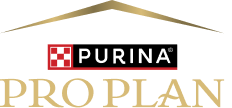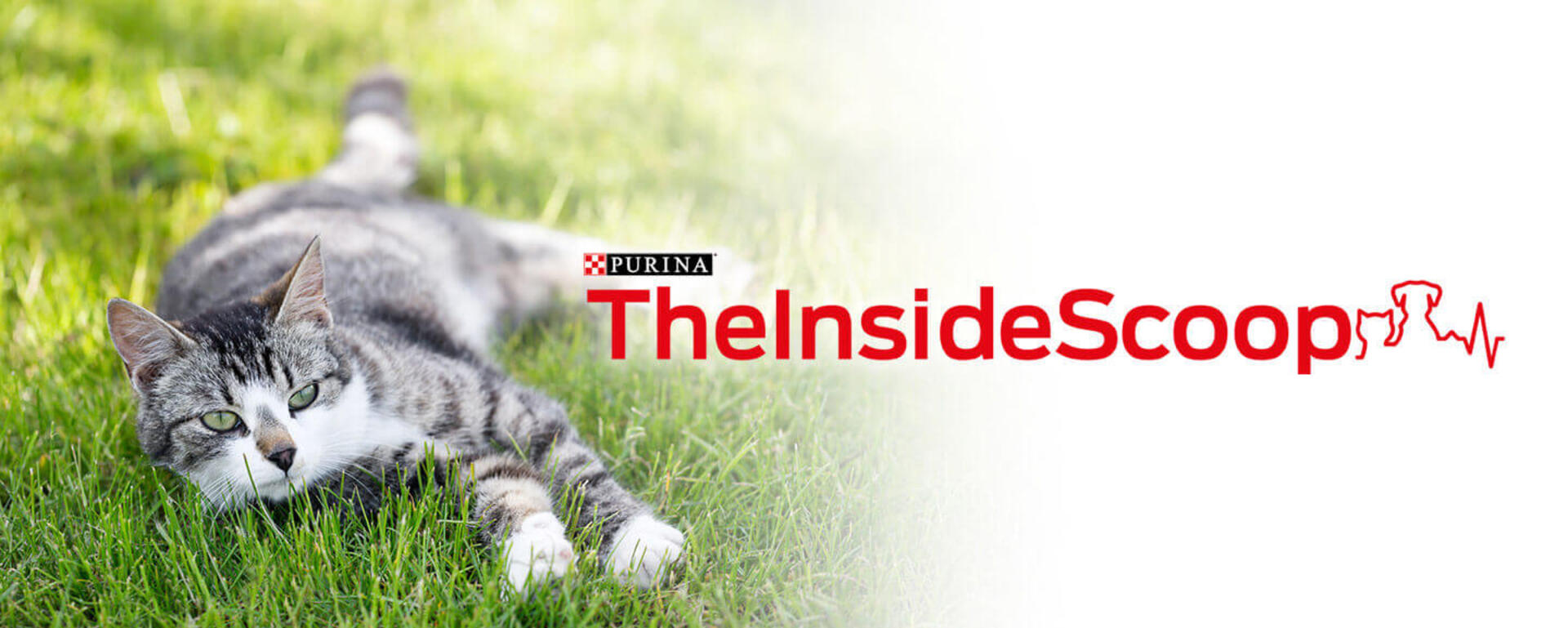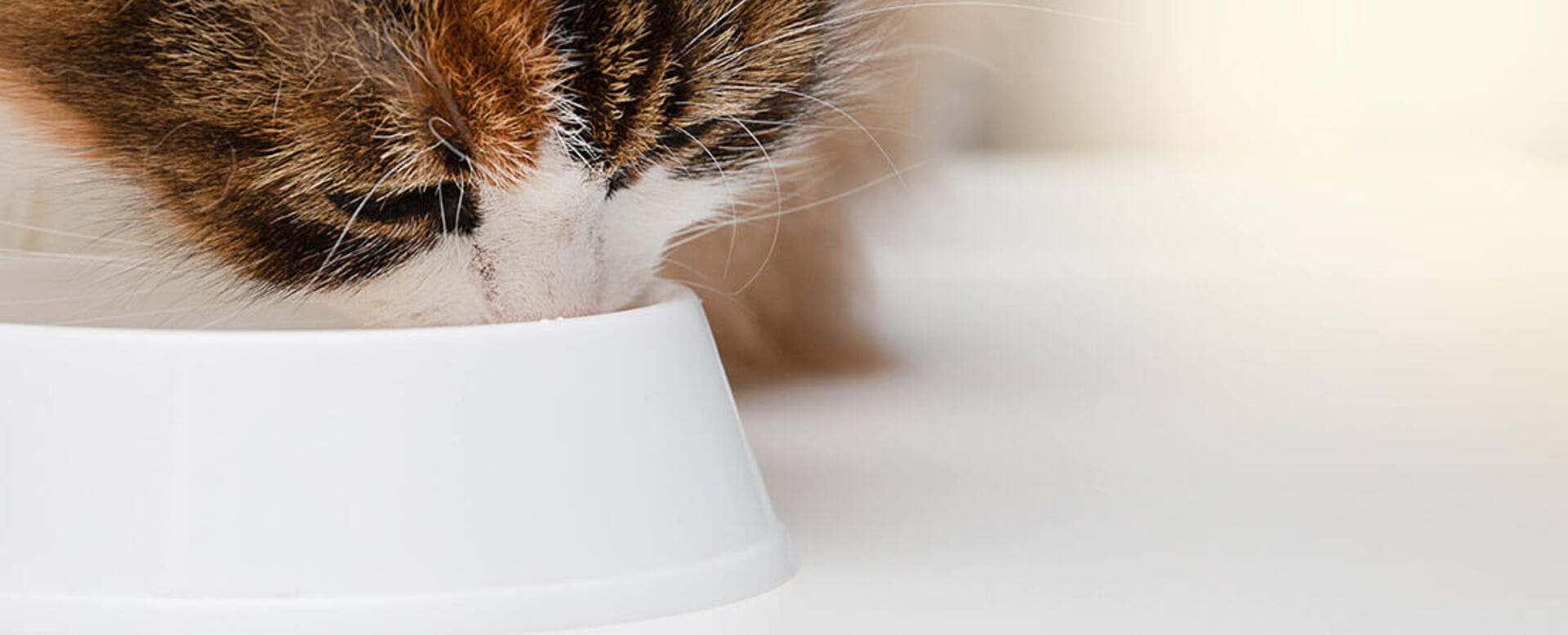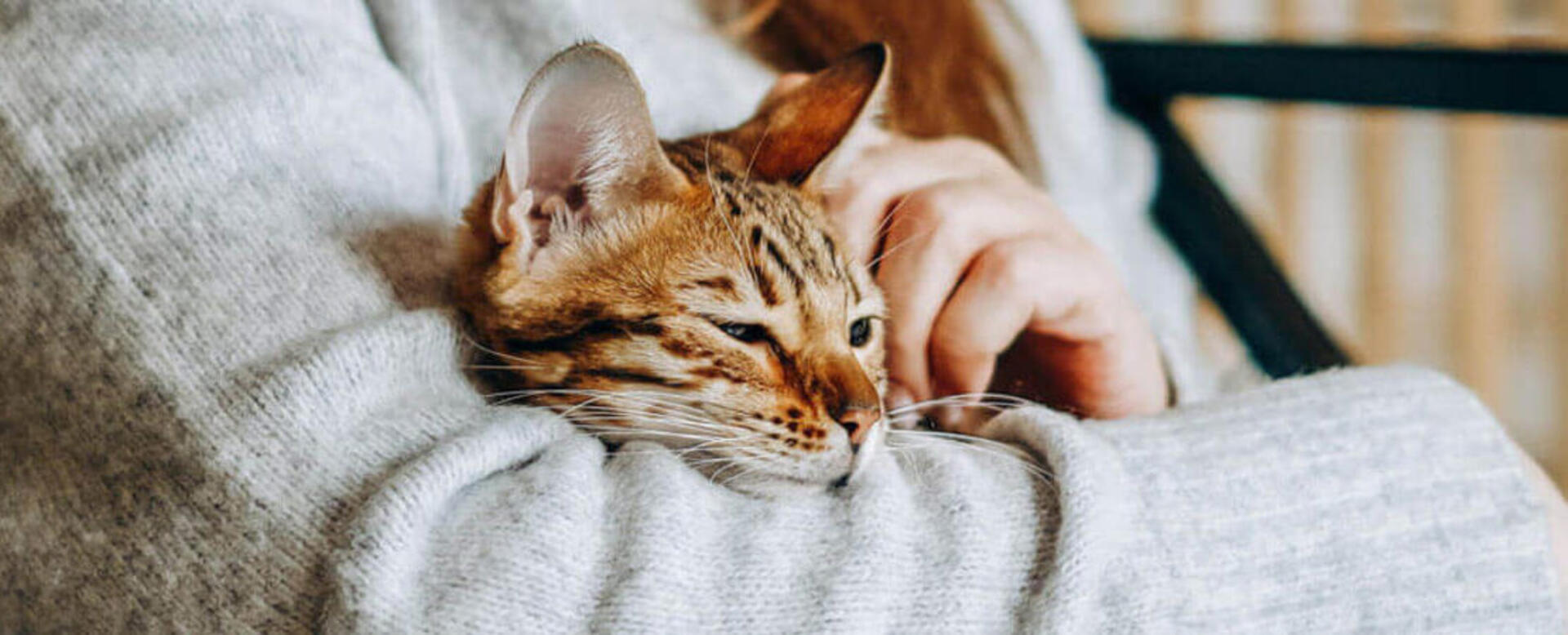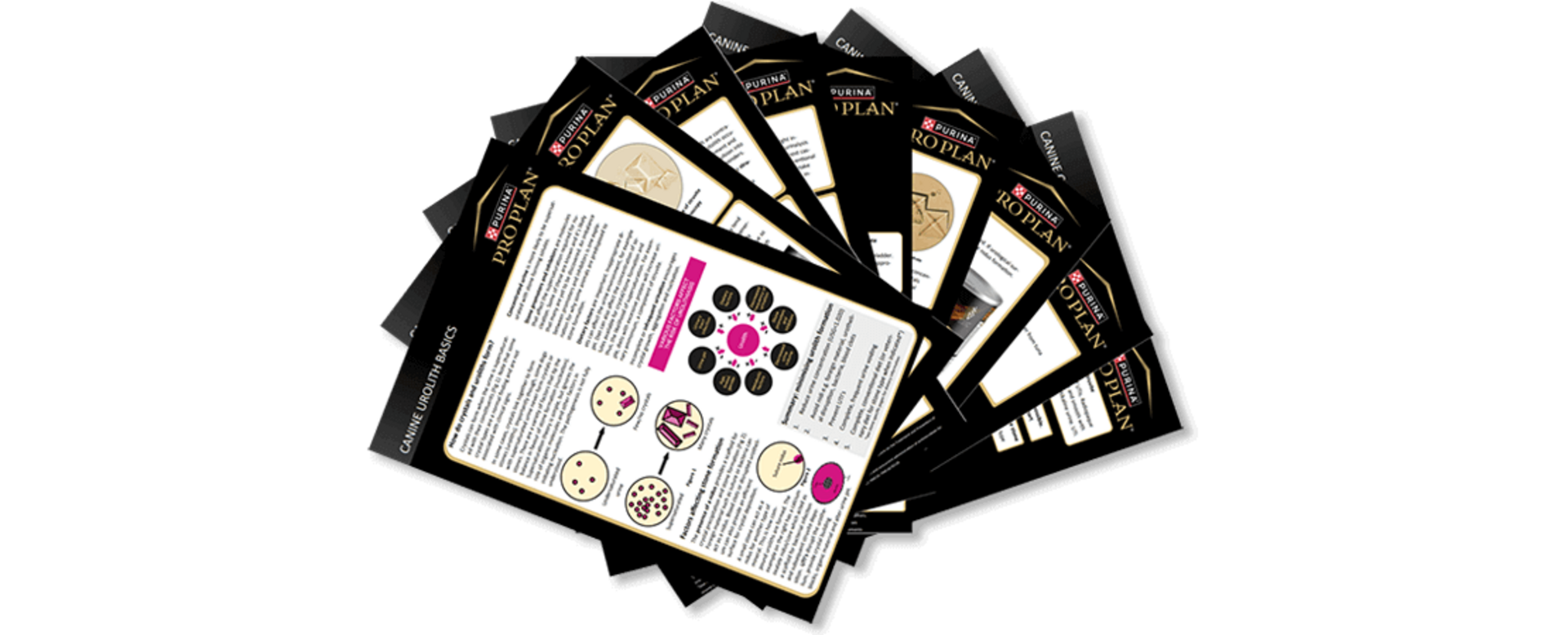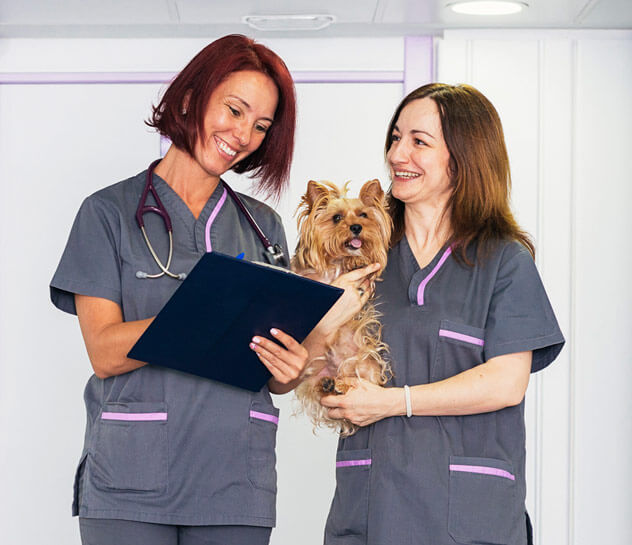Understanding the Factors in Feline Hydration
Is this Cat Drinking Enough?
By Andrew Sparkes, BVetMed, PhD, DECVIM-CA, MANZCVS, MRCVS
Simply Feline Veterinary Consultancy and Co-Editor, Journal of Feline Medicine and Surgery
Why is feline hydration important?
In routine clinical situations, veterinarians need to become much more aware of the potential harm that can result from chronic dehydration in cats. When given appropriate access to food and water, a healthy cat can control his or her hydration state, whether fed a wet diet or a high-quality commercial dry diet.
However, hydration issues often arise as cats age, especially if there is an underlying condition that affects water loss and/or food and water intake. This can affect the development and progression of health conditions and quality of life.
Why are older cats prone to dehydration?
The homeostatic mechanisms that help control hydration status simply don’t work as well in older individuals. We know this is true in humans and we believe it is true in cats, too. Factors include:
- Changes may occur in thirst function. In older humans, the thirst drive is often blunted, leading to decreased fluid intake.1
- Lean body mass (LBM) decreases.2 The total water content of LBM is higher than that of fat tissue. Loss of LBM, as is often seen with aging, thus reduces water reserves in cats, resulting in a lower total percentage of body water.
- The ability to concentrate urine may decrease.1 In humans, this is recognised to reduce the ability to conserve water in the body.
- Age-related issues arise.3 In cats, these include common conditions such as chronic kidney disease (CKD), hyperthyroidism and diabetes, which trigger an obligatory diuresis. The cat needs to continually replace what is lost in the urine but may be unable to do so. In the case of CKD, recurrent dehydration may even contribute to the development and progression of the condition. We need further studies to prove this link, but it’s possible that recurring dehydration directly damages the kidneys.
Feline lower urinary tract disease (FLUTD), generally more common in middle-aged cats, falls into a slightly different category. Cats with FLUTD may not be dehydrated, but they can benefit from additional fluid intake to help them produce a more dilute urine.
What strategies can help maintain good hydration in cats?
Cats probably cannot rehydrate quickly because of the way they lap water. Both dogs and cats curl their tongues backwards, but while dogs form a sort of scoop, cats only touch the surface of the water and “bite” from the water column that is formed. This is less efficient and results in lower water intake. Cats also have a fixed frequency of lapping that cannot be increased to raise their rate of water intake.
Nevertheless, two strategies can help maintain fluid intake in cats. One is to feed a wet diet, which typically contains 70% water or more. The second is to give the cat a nutrient-enriched water like Purina® PRO PLAN® Hydra Care™. Hydra Care is palatable, which encourages consumption, while osmolytes in the formula help drive water into cells. With this addition of a third bowl, together with their regular food and fresh water, cats have been shown to consume an average of 50% more liquid each day when compared to cats consuming only water in addition to dry feeding.* Purina® PRO PLAN® Hydra Care™ was also shown to decrease urine specific gravity and osmolality.4,5
What advice can veterinarians offer to clients to monitor hydration?
I’m excited about the future possibility of using technology to provide non-invasive hydration monitoring, whether it’s microchipping to monitor intake from a water bowl or a smart litter tray that tells the owner when their cat urinates or defecates as well as the volume and consistency of their faeces. This information may help guide a number of recommendations from the veterinarian.
Cat owners should be educated about the need to provide fresh, clean water and monitor consumption and urine output. Encouraging young cats to eat different foods, flavours and textures can help set the stage for a later point in life if they need to switch to a wet food or a veterinary prescribed diet. Finally, owners should recognise that cats are individuals and observe them to understand their drinking preferences.
References
1. Jequier E, Constant F. Water as an essential nutrient: the physiological basis of hydration. European Journal of Clinical Nutrition (2010) 64, 115–123 doi:10.1038/ejcn.2009.111.
2. Perez-Camargo G. Feline Decline in Key Physiological Reserves: Implications for Mortality. Purina Companion Animal Nutrition Summit: Focus on Gerontology. March 26–27, 2010.
3. Ray M, Carney HC, Boynton B, Quimby J, Robertson S, St Denis K, Tuzio H, Wright B. 2021 AAFP Feline Senior Care Guidelines. Journal of Feline Medicine and Surgery 23, 613–638.
4. Purina internal study, 2020>
5. Zanghi BM, Gerheart L, Gardner CL. Effects of a nutrient-enriched water on water intake and indices of hydration in healthy domestic cats fed a dry kibble diet. Am J Vet Res. (2018) 79:733–744.
6. Zanghi BM, Wils-Plotz E, DeGeer S, Gardner CL. Effects of a nutrient-enriched water with and without poultry flavoring on water intake, urine specific gravity, and urine output in healthy domestic cats fed a dry kibble diet. Am J Vet Res. (2018)79:1150–1159.
* * Compared to cats consuming only water in addition to dry feeding. Cats must consume at least 25 ml/kg of bodyweight daily for benefit. Purina Internal Study, 2020

